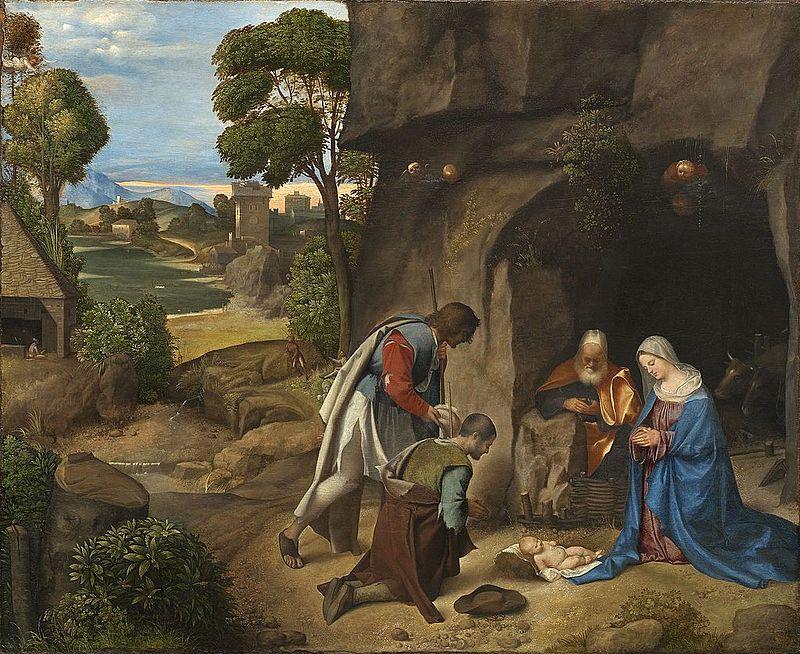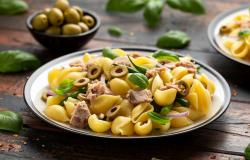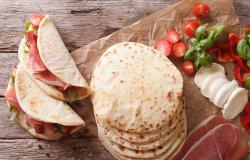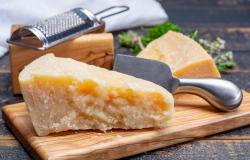Giorgione's Nativity Masterpiece
ITA:

The Adoration of the Shepherds, also known as the Allendale Nativity after one of its previous owners, is a painting almost unanimously attributed to Giorgione, one of the Renaissance’s greatest artists; it was completed between 1505 and 1510.
The composition is divided into two parts: the main scene, with baby Jesus, Joseph, Mary and two shepherds in front of a dark cave on the right, and a luminous Venetian landscape on the left. The shepherds are the first to recognize Christ's divinity and they kneel accordingly. Mary and Joseph also participate in the adoration, creating an atmosphere of intimacy.
The painting is on display at the National Gallery of Art in Washington DC.
Giorgione is an artist from Veneto who significantly influenced following generations of painters. Despite his fame, very little is known about his short life and only a few paintings can be definitively attributed to him. He initially studied with Giovanni Bellini, seems to have been influenced by Leonardo, and could claim Titian and Sebastiano del Piombo as his pupils.
L'Adorazione dei pastori, conosciuta anche come la Natività Allendale dal nome di uno dei suoi precedenti proprietari, è un dipinto attribuito quasi universalmente a Giorgione, uno dei più grandi artisti del Rinascimento; fu realizzato tra il 1505 e il 1510.
La composizione è divisa in due parti: la scena principale, con il bambino Gesù, Giuseppe, Maria e due pastori di fronte a una grotta scura sono posizionati sulla destra, mentre un lucente paesaggio veneto si trova sulla sinistra. I pastori sono i primi a riconoscere la divinità di Cristo e di conseguenza si inginocchiano. Maria e Giuseppe partecipano all'adorazione, creando un'atmosfera di intimità.
Il dipinto è esposto alla National Gallery of Art di Washington DC.
Giorgione è un artista veneto che ha influenzato in modo significativo successive generazioni di pittori. Nonostante la sua fama, poco si conosce della sua breve vita e solo poche opere possono essere attribuite a lui con certezza. Inizialmente studiò con Giovanni Bellini, pare sia stato influenzato da Leonardo, e potrebbe contare Tiziano e Sebastiano del Piombo tra i suoi allievi.











